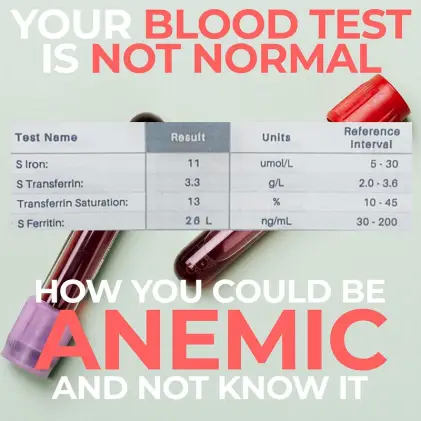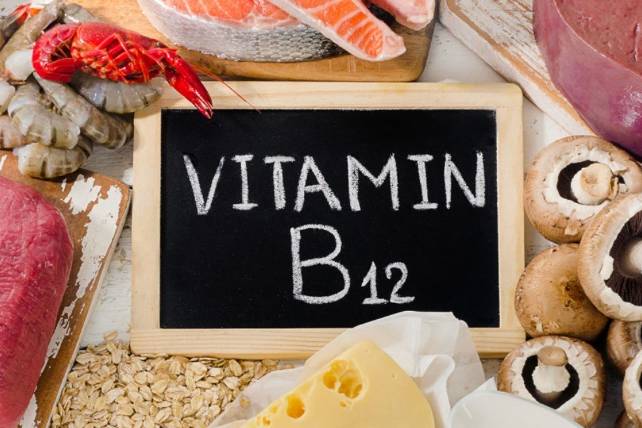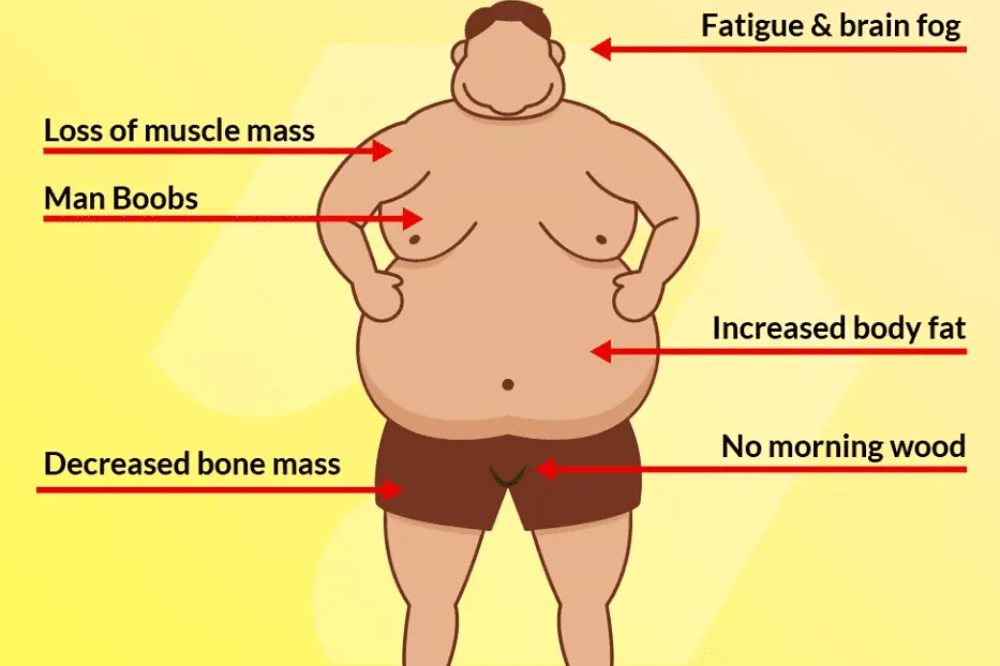IF I HEAR ANOTHER DOC SAY YOUR BLOOD TEST IS NORMAL ???
Read until the end if you want to know how to identify iron deficiency anaemia even though your bloods are in normal ranges.
I’ve heard this story too many times…
Client does blood tests I ask for…
Everything is in range and ‘normal’ according to the Doc.
Yet the client is suffering from a litany of symptoms.
Antipsychotic, antidepressant or steroid creams may be prescribed with minimal if any effort to get to the underlying issue.
Worst case, this is malpractice. Best case, this is ignorance and indifference.
Here’s how I could tell this iron panel wasn’t normal in 10 seconds…

Transferrin is like a boat that transports iron throughout the body. Elevation of transferrin is an indication the liver is signalling to make more transferrin. Above is 3.3 nearly out of the range (optimal: low-mid 2.0’s).
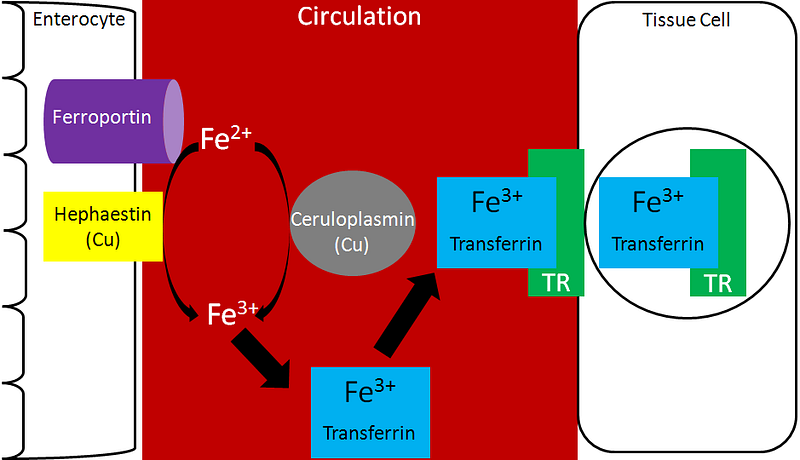
We can see here the body is trying to make more of these transferrin boats.
Why is it doing that?
High probability: because it doesn’t have enough iron.
We’re more confident in this theory once we see transferrin saturation is 13%. It looks ‘in range’ but it’s actually quite low. These boats are almost empty (not much iron in them). Transferrin saturation is an indication of how loaded the transferrin boats are WITH IRON. We want this in the mid-high 20’s%.
This show’s us the client has iron and/or copper deficiency which is consistent with symptoms of low energy levels and fatigue.
Why did I mention copper?
Ceruloplasmin is a protein/ferroxidase enzyme made in the liver that loads iron into the boat (transferrin) to be transported through the body. Ceruloplasmin stores and carries the majority of the bodies serum copper stores. So if you have a copper deficiency you can’t load iron for transport efficiently. Low copper → low ceruloplasmin → iron transport is screwed.
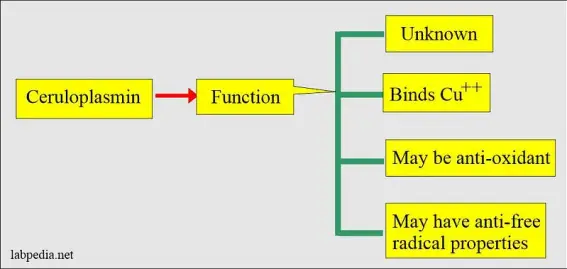
By copper and ceruloplasmin testing, we can determine if the client has a copper and/or iron deficiency and implement an appropriate nutrition strategy instead of indiscriminately giving IRON SUPPLEMENTATION!! ?? (which many health professionals do).
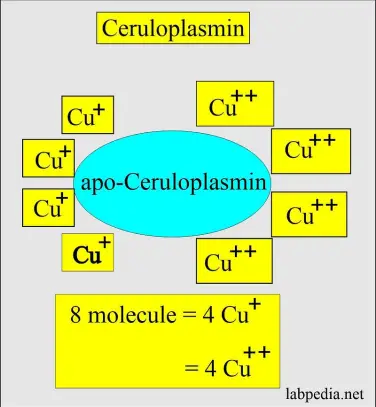
Ceruloplasmin
Most doctors won’t get this tested. But it is important and helps complete the picture of what intervention we should prescribe to the client. The cuproenzymes, superoxide dismutase and ceruloplasmin, are known to have antioxidant properties.
It should also be noted that if you see low ceruloplasmin (0.01–0.2 g/L) there could be other nutrient co-factor deficiencies at play. Ceruloplasmin depends on magnesium, Vitamin A, Vitamin C and which has the capacity to oxidize ferrous iron (Fe2+) to ferric iron (Fe3+), which can be loaded onto the iron-transport protein, transferrin (see Morley Robbins for more).
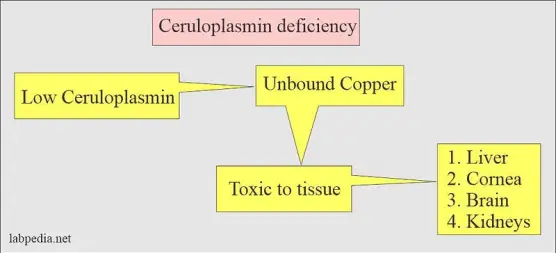
Identifying an iron deficiency is nuanced and not as simple as observing if an iron panel is ‘in range’. It is dependent on other tests to verify a pathology, help people out of debilitating symptoms and improve their quality of life.
I don’t think coaches like me should know more about the nuances of biochemistry, bloodwork and nutrition than a GP.
But we force ourselves to because we see the flaw’s in the medical system and want to help people avoid being sick and proactively improve quality of life, health and wellbeing.
If you need guidance through optimising your health, wellness and performance contact me here or on my Instagram.
Related Posts
April 20, 2022
How To Detect A B12 Deficiency
January 28, 2022

